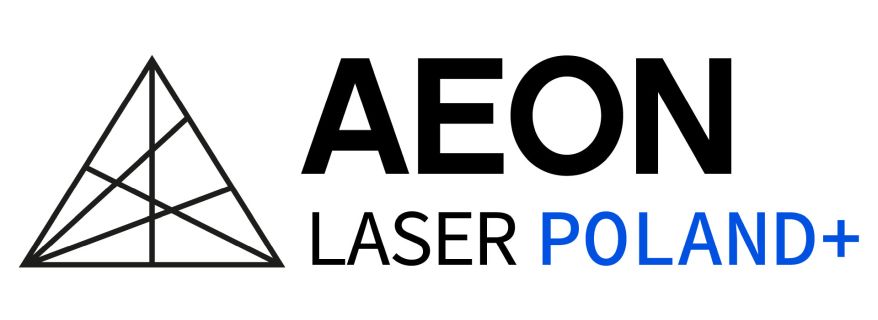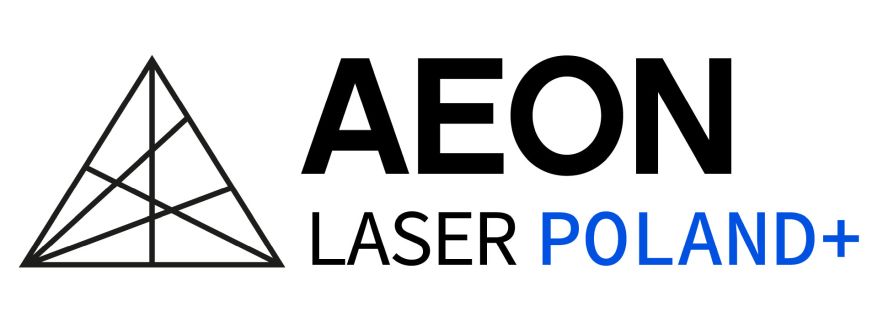Fabric/Felt

Fabrics for laser processing have their unique advantages. The wavelength of a CO2 laser can be absorbed well by most organic materials, especially fabrics. By adjusting the laser power and speed settings, you can manipulate the way the laser beam interacts with each material to achieve that unique effect you are looking for. Most fabrics evaporate quickly after laser cutting, resulting in clean, smooth edges with a minimal heat-affected zone.
Since the laser beam itself has a high temperature, the laser cut also seals the edges, preventing the fabric from tearing apart, it is also a big advantage of laser cutting on the fabric compared to the traditional way of cutting by physical contact, especially when the fabric is easy to get a raw edge after cutting, such as chiffon, silk.
Laser engraving or CO2 laser marking on fabric also can have amazing effect that other processing method can't achieve. The laser beam lightly melts the fabric surface, leaving the deeper part of the engraving in color. You can control the power and speed to achieve different result.
Usage:
Toys
Since the laser beam itself has a high temperature, the laser cut also seals the edges, preventing the fabric from tearing apart, it is also a big advantage of laser cutting on the fabric compared to the traditional way of cutting by physical contact, especially when the fabric is easy to get a raw edge after cutting, such as chiffon, silk.
Laser engraving or CO2 laser marking on fabric also can have amazing effect that other processing method can't achieve. The laser beam lightly melts the fabric surface, leaving the deeper part of the engraving in color. You can control the power and speed to achieve different result.
Usage:
Toys

Jeans

Decorations

Table mat







